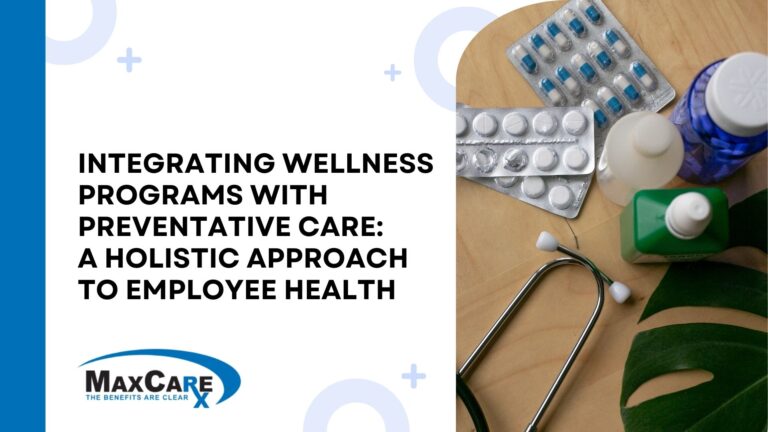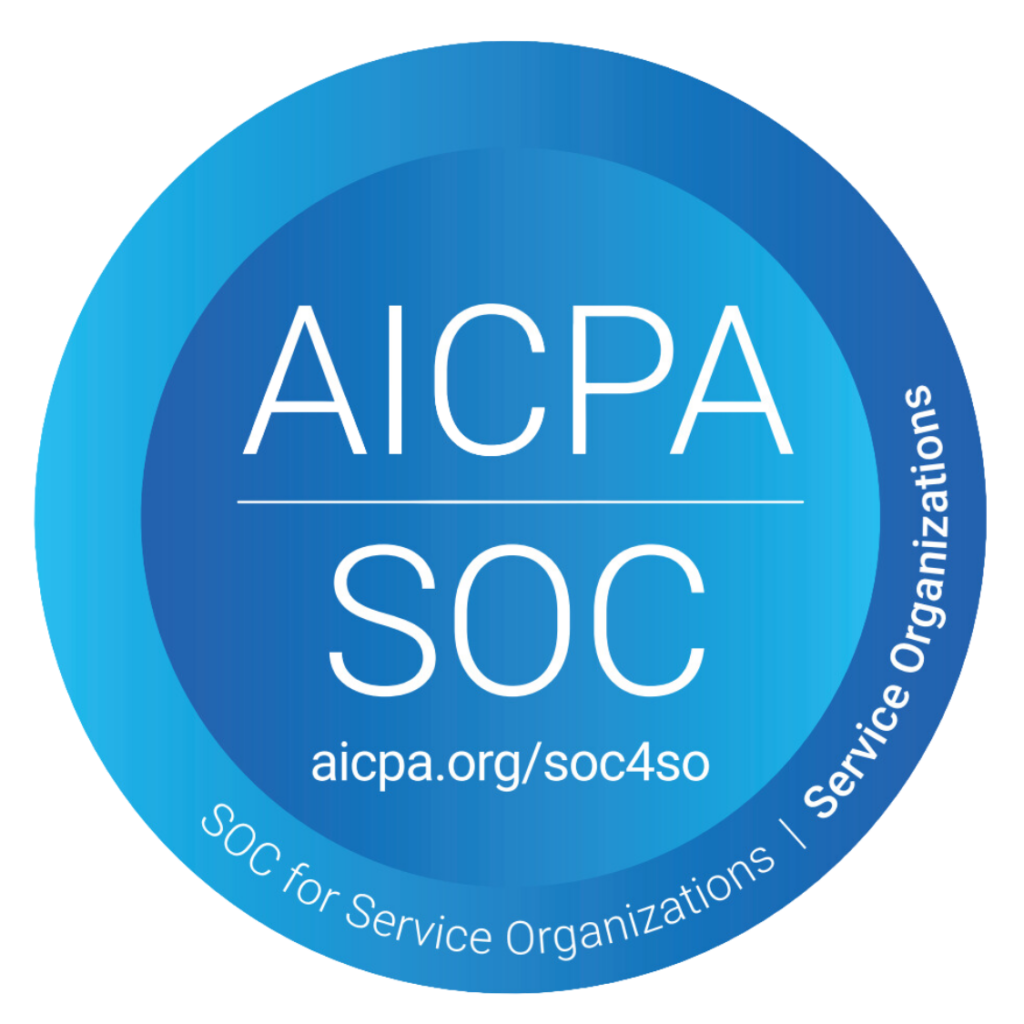Embracing a Pharmacy Benefit Manager (PBM) that operates with a consultative approach can transform not only the administration of benefits but also impact the economic and health outcomes of every stakeholder involved. Unlike traditional PBMs that might only focus on the administrative aspects of processing prescriptions and claims, consultative PBMs immerse themselves within the intricacies of each employer group.
Consultative PBMs go beyond the standard playbook, offering personalized solutions tailored to drive both economic efficiency and positive health outcomes. This approach heralds a new era in healthcare benefits administration, where customization is key and a one-size-fits-all methodology simply doesn’t cut it. Join us as we explore the transformative role of the consultative PBM and how it’s reshaping the landscape of employer healthcare benefits.
Proactive Management of Pharmacy Benefits
Vigilant Oversight for Cost Management
Proactive management involves a consistent review of prescription drug claims and a detailed analysis of spending patterns. This allows the PBM to spot trends and anomalies, understand drivers of high costs, and recognize opportunities for intervention before they burgeon into larger issues. Whether it is through renegotiating drug prices, suggesting formulary adjustments, or promoting the use of more cost-effective generic alternatives where appropriate, a consultative PBM is always searching for ways to sustain cost efficiencies.
Identifying and Leveraging Cost Reduction Opportunities
Cost containment is not a static strategy. A proactive PBM continually searches for cost reduction opportunities without compromising the quality of care. This should include implementing tiered drug formularies, analyzing the opportunity and impact of 90-day refills for maintenance medications, or employing specialty pharmacy programs designed to manage expensive and complex treatments more effectively.
Responding to Emerging Trends
With the rapid pace of pharmaceutical innovation and market changes, new therapies and drugs regularly enter the market, sometimes at substantial costs. A consultative PBM’s role includes assessing the impact of these new treatments on an employer’s pharmacy benefits spend. By understanding these trends, the PBM can collaborate with employers to prepare both financially and operationally for incorporating novel therapies in a way that balances patient needs with cost considerations.
Strategic Alignment with Healthcare Changes
The healthcare sector is marked by constant evolution, influenced by regulatory changes, advancements in medical research, and shifts in patient care paradigms. A proactive PBM remains attuned to these shifts, ensuring that pharmacy benefits strategies are not left behind but are instead realigned to take advantage of new opportunities and address upcoming challenges.
Customized Pharmaceutical Care Approach
At the core of proactive management is the understanding that no two employer groups are alike. A consultative PBM embraces the uniqueness of each employer by developing bespoke pharmacy programs tailored to the specific health needs of their workforce and the financial goals of the organization. This might involve specialty management programs, chronic disease management assistance, and wellness initiatives that are conceived in the context of the employer’s specific demographic and health risk profile.
Predictive Reporting and Shared Analytics
Predictive reporting is a potent tool enables employers to anticipate and prepare for future spending trends, rather than merely reacting to them. Predictive reporting uses historical data analytics and trend analysis to forecast future pharmacy spending, allowing for the proactive adjustment of budgetary allocations and the strategic design of benefits.
Shared Analytics for Collaborative Insights
Shared analytics go a step further by cultivating a collaborative environment where data isn’t just presented; it’s a shared resource between the employer and PBM. This shared effort facilitates a deeper understanding of plan performance and member behavior. Through transparent data sharing, employers gain actionable insights that drive informed decision-making, fostering a mutually beneficial partnership focused on achieving the best possible health outcomes at the most sustainable costs.
Strategic Benefit Design Choices Through Data-Driven Intelligence
A consultative PBM leverages predictive analytics to provide employers with strategic recommendations tailored to their needs. This guidance might include which therapeutic classes require more stringent management, where there are opportunities for improved adherence, or how to structure copayment tiers to encourage the use of generics or preferred brands. These informed strategies allow employers to design benefits that align with their financial objectives and the health needs of their population.
Pass-Through PBM for Unparalleled Transparency
Pass-through PBMs exemplify transparency by allowing employers to see exactly where their healthcare dollars are going. By removing spread pricing and hidden revenue streams, they provide employers with a credible and clear view of the actual cost of pharmacy benefits. This level of transparency enables a trust-based relationship where shared analytics influence more than just the bottom line—they enrich the entire healthcare experience for members.
Eliminating Revenue Puzzles in Favor of Clear Insights
The pass-through model ensures that all discounts and rebates from pharmacy transactions are directly passed back to the employer. This transparent approach aligns incentives and fortifies the PBM’s role as a consultative partner, rather than just a financial intermediary. With a comprehensive understanding of their pharmacy spend, employers can more accurately predict and manage future costs.
Fostering Trust and Collaboration Through Open Data Exchange
Consultative PBMs realize that empowering employers with comprehensive access to data and analytics is vital. When employers have full visibility into their pharmacy benefit mechanics, the dynamic shifts from a vendor-client relationship to that of trusted advisors working in harmony. This transparency enables tailoring of benefit plans based on factual evidence, promoting strategy optimization and continuous improvement of health outcomes.
Key Performance Indicators in Pharmacy Benefit Management
Insight into key performance indicators (KPIs), such as Generic Dispense Rate (GDR), specialty medication utilization, and overall spend, is pivotal. A consultative PBM provides transparency into these metrics, allowing employers to understand and manage their pharmacy benefit costs effectively. The focus on KPIs is not just beneficial—it’s essential for making informed decisions.
For instance, while specialty medications may only account for 1-2% of utilization, their cost impact can be monumental, ranging from 50-60% of total pharmacy spend. Tackling high-cost utilizers and implementing efficient medication management is where a consultative PBM shines, leveraging data to inform and guide the employer’s decisions.
Transparency and Tailored Strategies
To provide a customized pharmaceutical care approach, a consultative PBM delves into the demographics and health risk profiles of the workforce. It may construct specialty management programs targeting the requirements of members who need complex or high-cost medications. Such programs ensure appropriate use while optimizing therapeutic outcomes and minimizing waste.
For chronic disease management, the PBM may develop support systems that improve medication adherence, offer educational resources, and coordinate with care teams to ensure comprehensive disease management. By attending to these chronic health conditions effectively, not only are health outcomes improved, but overall healthcare costs can be contained.
Wellness initiatives are another component of a customized pharmaceutical care approach. These initiatives are not just generic programs with broad goals; instead, they are data-driven, deriving insights from health plan usage, claims data, and demographic analysis. This approach ensures that wellness programs address the most pressing health concerns within the employee population, promoting a healthier workforce and fostering a culture of proactive health management.
The advantage of working with a pass-through PBM lies in its transparent nature, allowing for an unfiltered view into the true cost dynamics of pharmacy benefits. This clarity puts an end to speculation about drug prices and rebates, enabling employers to see exactly where their investment is going and how it’s working for them. Transparency not only builds trust, but it also provides a foundation for employers to make knowledgeable, confidence-driven decisions about their pharmacy benefit plans.
Central to the success of a customized pharmaceutical care approach is the collaboration between the PBM and the employer. Through regular communication and data sharing, consultative PBMs maintain a deep understanding of the evolving needs and priorities of each employer group. This partnership facilitates dynamic planning, enabling the adaptation of strategies as the workforce and healthcare landscapes change over time.
MaxCare: Your Consultative Partner in Pharmacy Benefits
MaxCare encapsulates the essence of what it means to be a consultative PBM. Recognizing the individuality and diverse objectives of each employer group, we advocate for a personalized approach in pharmacy benefits management.
It’s important for a consultative Pharmacy Benefits Manager to provide vigilant and proactive monitoring of drug utilization and expenditure. This commitment ensures that employers and their employees can readily identify opportunities for cost savings and become alert to trends that may drive expenses higher. A consultative PBM achieves this by facilitating complete awareness and knowledge among the employer group regarding vital performance metrics tailored to their specific plan’s usage and spending patterns. This detailed insight is crucial for maintaining control over pharmacy benefit costs and for making strategic decisions that align with the unique needs and aspirations of each employer group.
Employer groups paired with MaxCare experience a symbiotic relationship where their success is the shared objective. With innovative tools, strategic insights, and an approach personalized to each group’s specifics, MaxCare consistently validates its consultative role in managing pharmacy benefits.



